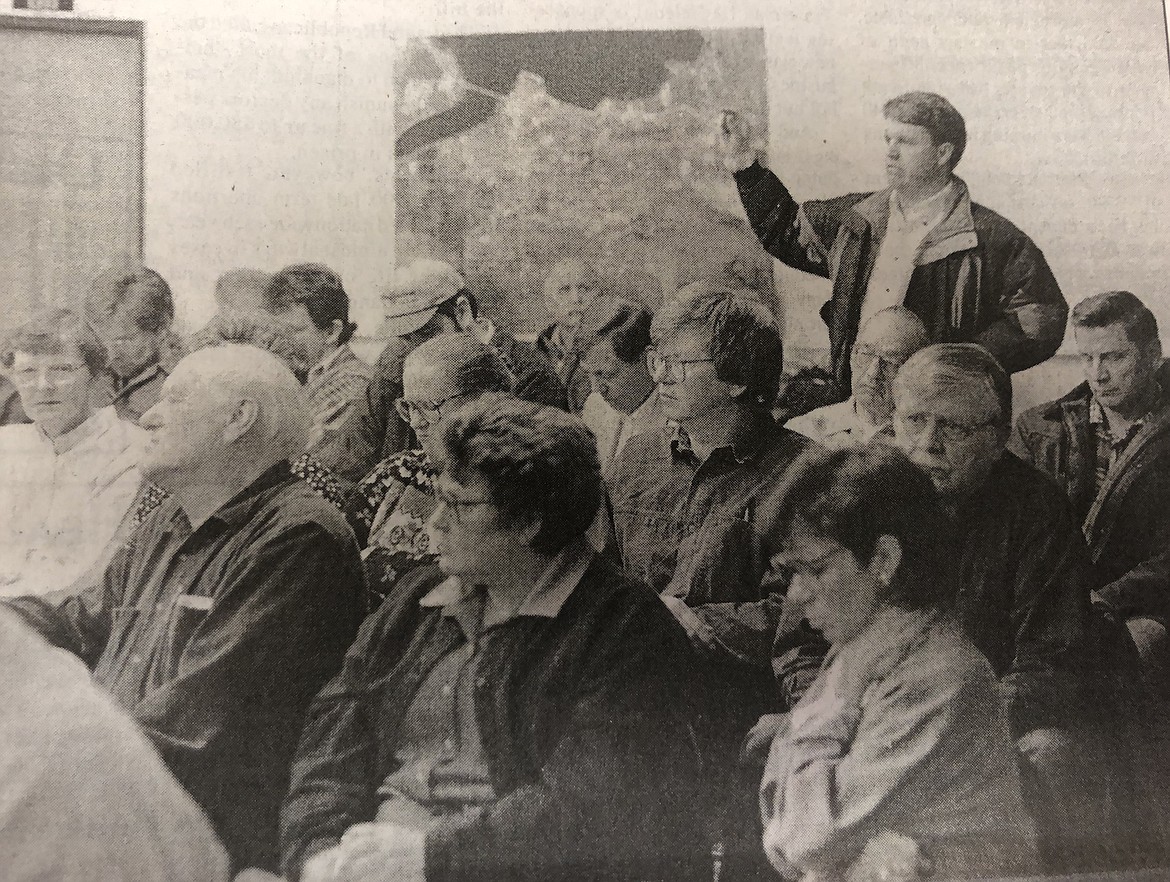Time Capsule: Milk prices double; Namen case expands; Wal-Mart vote on hold
|
February 23, 2023 12:00 AM
From Flathead Courier, Feb. 21, 1957:
Ewe feeding insures fat lamb crops
Farm flock owners will find that feeding ewes extra well after lambing will pay dividends in better lambs since it is the mother’s milk that really makes the lambs fat, according to Ed Bratton, County Agent...
Become a Subscriber!
You have read all of your free articles this month. Select a plan below to start your subscription today.
Already a subscriber? Login



